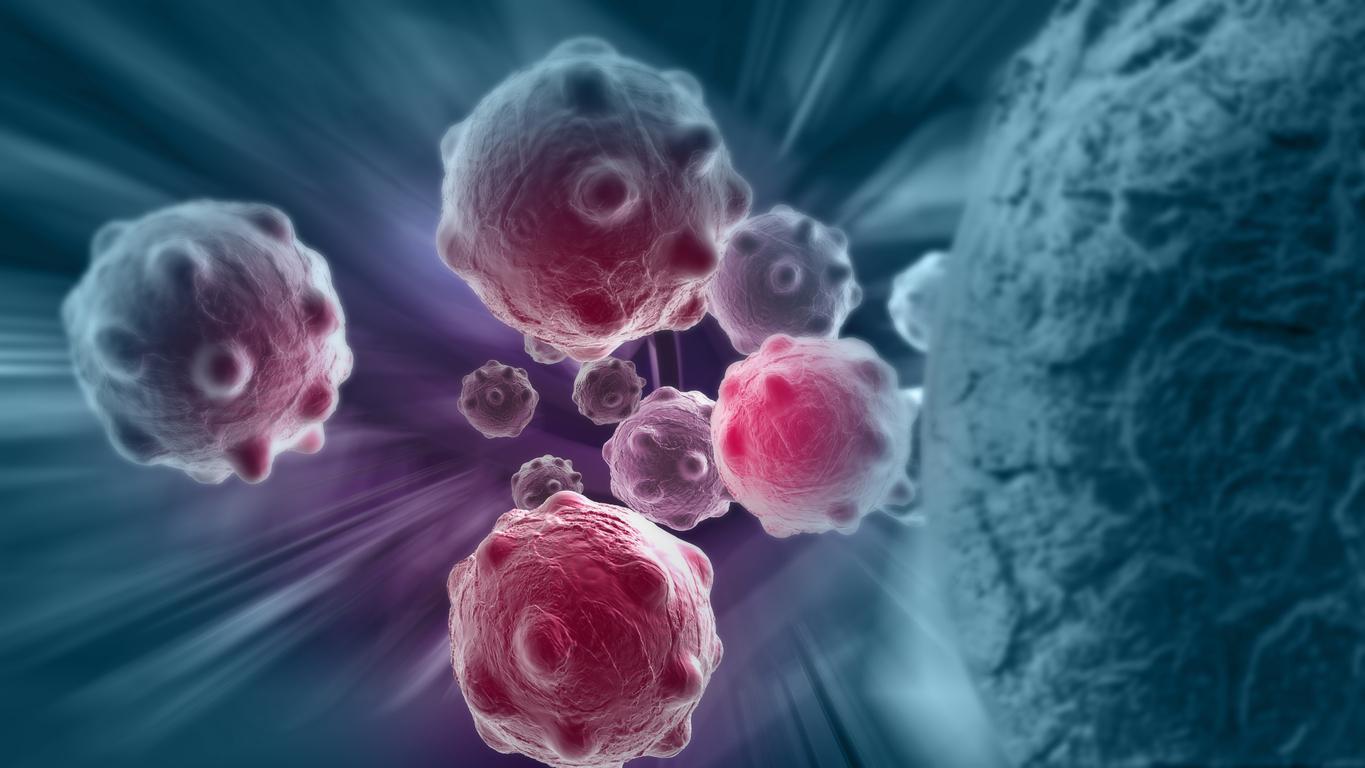The air we breathe in the metro is rich in fine particles, which are dangerous to health. Tiny, they easily manage to penetrate the bronchi.

The metro is not immune to pollution. A team of scientists from the University of Southampton (England) noticed the presence of substances toxic to humans in a Dutch metro. So, in addition to being noisy, stressful and smelly, the subway could be dangerous for our lungs.
Published in the journal Environmental Science & Technology, the study by these English researchers shows that while rolling, and during the shutdown process, machines expel fine particles into the air which may contain heavy metals (copper, chromium, iron, zinc, etc.) which are particularly dangerous for health. And the more people there are in the train, the more polluted the air. These tiny particles easily penetrate the bronchi and then enter the bloodstream through the alveoli of the lungs and attack organs such as the liver or the heart. They would then generate very reactive molecules capable of damaging the DNA of cells. The result would result in causing oxidative stress that can lead to cancer.
Matthew Loxham, one of the authors of the survey, specifies: “Ultrafine dust found in cities is generally wrongly considered harmless because it is composed of inert matter, without activity. But we have noticed that the dust from metro stations is special, it is made up of metallic particles ”. However, the researcher admits “not yet knowing enough about the issue to be able to give recommendations regarding their limit rates”.
And on the side of France the danger seems to be the same. An examination of the data on air quality in the Parisian stations Auber, Châtelet and Franklin Roosevelt, made public last August by the RATP, revealed that the immense network of underground sites was not to be outdone.
According to several studies carried out by the Regional Health Observatory (ORS) and Airparif between 2009 and 2012, the incriminated particles would even be up to four times more present there than on the Paris ring road. Given their frequentation, the most “harmful” lines are considered to be the RER A and lines 1 and 14.
.

















